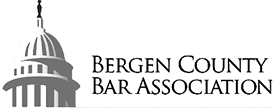The Supreme Court’s Post-Pandemic Plan (issued June 10, 2020) outlines in general terms the transition from Phase 1 (fully remote operations) to Phase 2 (incremental return of limited numbers of judges and court staff to Judiciary facilities). This notice provides additional guidance on current and future court operations, including as to ongoing monitoring and potential responses to statewide and local COVID-19 trends.
(1) On-Site Presence and In-Person Events
The Court’s Post-Pandemic Plan summarizes the phases of the gradual return to court facilities and in-person services as follows:
- Phase 1: (March 18-June 21, 2020) Status Quo / Remote Operations – less than 5% of judges and staff onsite; buildings closed to attorneys and the public
- Phase 2: (June 22, 2020) Gradual and Limited Return – starting with up to 10-15% of judges and staff onsite; certain matters that cannot proceed remotely may be conducted onsite
- Phase 3: New Operations – ongoing remote operations with gradually increasing onsite events, eventually including new jury trials; up to 50-75% of judges and staff onsite (with staggered schedules)
- Phase 4: Ongoing Model – once a vaccine is available and/or herd immunity is established; up to 75-80% of judges and staff onsite
As stated in the Plan, the intent during Phase 2 was to start with up to 10-15% of judges and staff on-site. As intended, that percentile range already has supported the resumption of certain matters than could not proceed remotely.
This notice provides clarification on two important issues. First, in addition to matters that require consent to proceed remotely, judges may determine to schedule an in-person event based on the individual facts and circumstances of a case. Second, the percentages outlined in the Plan are a framework that may be adjusted based on the fluid nature of the evolving COVID-19 crisis. This means, for example, that during Phase 2 there may be a particular day when more than 10-15% of judges and staff could be on-site. On other dates, less than 10% of judges and staff may work on-site. Consistent with public health recommendations, court operations that can be performed remotely should be conducted remotely, subject to ongoing adjustment.
(2) Monitoring and Responding to Public Health Trends
Consistent with the June 10, 2020 Post-Pandemic Plan, the Judiciary is continuing to monitor specific COVID-19 trends, including hospitalizations, new cases, and deaths, both at the statewide and local level. We also are reviewing additional factors, including but not limited to the statewide transmission rate and reports of local flare-ups or new clusters of COVID-19 cases, including those arising from crowded gatherings convened in contravention of current Executive Orders.
In addition to staying abreast of statewide pronouncements, the Judiciary recognizes the potential for emergency declarations by individual counties. While that situation to date has not occurred, restrictions on movement within a city or municipality could have a significant effect on vicinage-level court operations. Among potential scenarios, for example, attorneys and litigants should not be directed to appear for in- person court events if doing so would conflict with a regional stay-at-home order.
As the COVID-19 crisis evolves, the Judiciary will continue to monitor: (i) statewide and local public health trends, including but not limited to those highlighted in the June 10, 2020 Plan; (ii) state-level orders and advisories that affect in-person gatherings; and (iii) any local declarations that restrict members of any community from accessing and participating in in-person court events.
(3) Potential Future Operational Adjustments
The fluid nature of the COVID-19 public health situation requires agility and adaptability. To the extent that public health trends and other factors support a gradual transition to Phase 3 (increased on-site presence and more in-person court events), the Post-Pandemic Plan will proceed as announced on June 10, 2020. However, if those trends and factors suggest that such greater on-site presence would present untenable risks to judges, court employees, and court users, then the Judiciary would instead hold steady in Phase 2 – or, conceivably, even revert to Phase 1 (fully remote operations). Any statewide decision to move forward, or to move back, will be made by the Chief Justice and the Administrative Director in consultation with the Assignment Judges and Trial Court Administrators. Court operations also may need to be adjusted at the county or vicinage level, possibly even on short notice (e.g., based on new local restrictions).
The Judiciary will continue to provide information about current court operations, including on its public website njcourts.gov. Questions about this notice should be directed to the Office of the Administrative Director of the Courts at (609) 376-3000.
/s/ Hon. Glenn A. Grant, J.A.D.
Acting Administrator of the Courts
Dated: August 12, 2020

